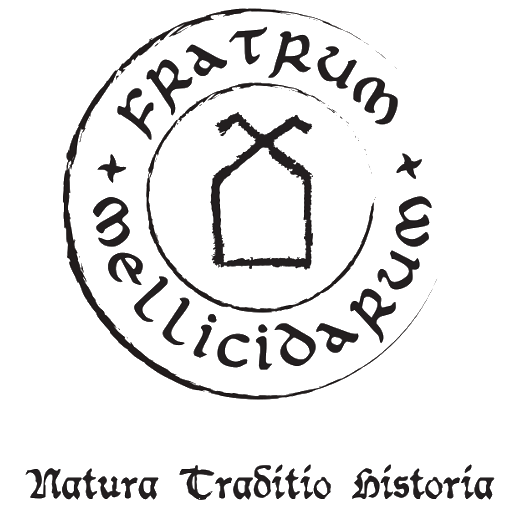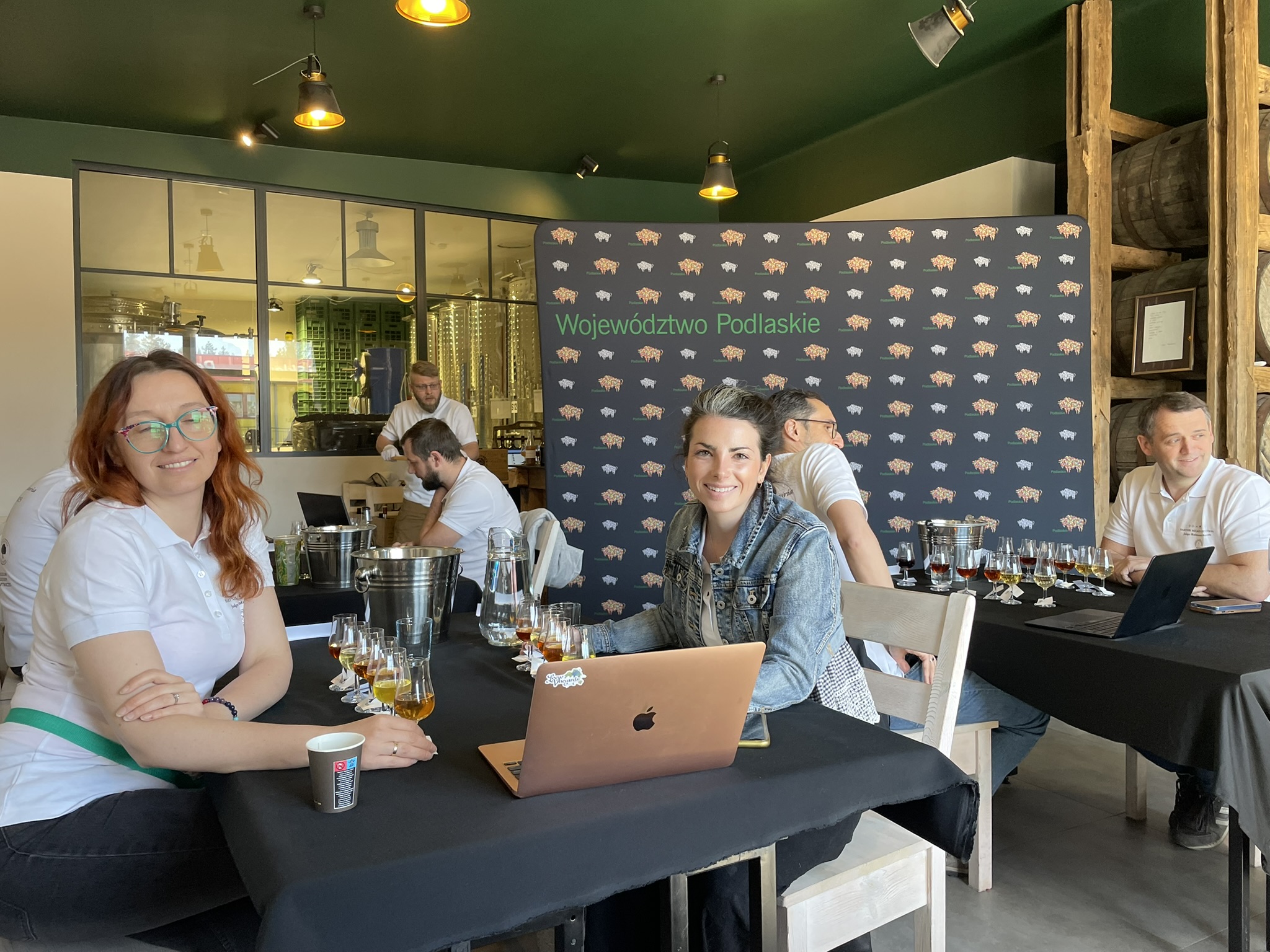1st and 2nd of May .2025, the International Mead Competition Bartnik took place in Augustów.
The competition was organized by Treebeekeeping Brotherhood together with Augustowska Miodosytnia and Miodosytnia pod Dębem. The strategic partner of the competition was the Podlaskie Voivodeship.
Where did the idea for the competition come from?
In ancient times, tree-beekeepers were the main suppliers of bee honey used to produce mead. The competition aims not only to promote mead making and show the wealth of flavors that can be obtained from bee honey, but also to present the common culinary heritage associated with this oldest alcoholic beverage known to mankind. 108 meads from Poland, Lithuania, Estonia, Spain, the Netherlands, Mexico, and even the USA and Australia were submitted to the competition. 99 of them reached us and all were assessed by experienced mead judges according to the standards and systematics of the Mead Judging Program.
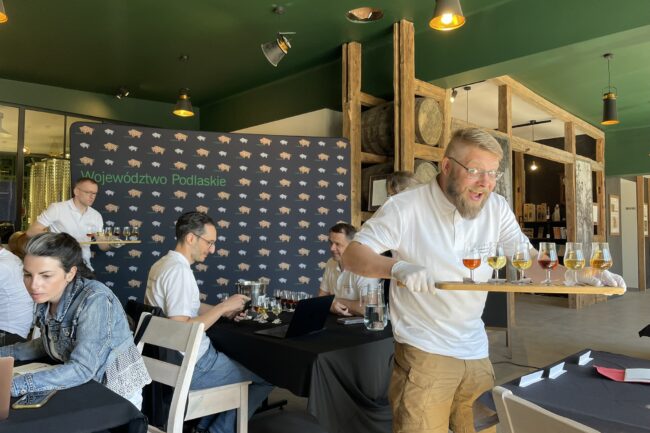
Bartnik Mead Competition
Prizes in the Bartnik Mead Competition
The winners of the competition were awarded unique medals and a statuette for the best mead – all made by a local craftsman from lime wood with over 1500-year-old black oak inserts. Ordering these wonderful prizes was possible thanks to the support of the Podlaskie Voivodeship.
Who judged the meads?
Judges from Poland, Lithuania, Spain, Portugal, as well as Mexico and the United States came to the event, the judging took place on both days of the competition in the Augustowska Hall of the Miodosytnia, ul. Tytoniowa 9, 16-300 Augustów, where our Museum of Beekeeping Culture also operates. After the honey evaluation sessions, the guests familiarized themselves with the cultural heritage of Podlasie, not only with beekeeping, and the wonderful nature of the Augustów area
Among the guests invited to judge were, among others: Rachel Loew Lipman from the USA, whose grandfather, William Loew, worked in a family mead-making plant in Lviv before World War II, and his family had been producing mead since at least the second half of the 19th century in Bursztyn and later in Lviv. He was the only one from the family to survive the war, and then he left and settled in the USA. There, in 1982, he founded a vineyard in Maryland, which has also been producing mead for years. Rachel maintained her family’s history and tradition, which had been part of her family for generations, while promoting the „Polish school” of mead-making in the USA. It was in Lviv at the end of the 19th century that the most important book on modern mead-making was written: Teofil Ciesielski’s „Mead-making: or the Art of Processing Honey and Fruit into Beverages”
International character
The competition designed by us to promote and inspire Polish home mead producers turned out to be truly international. More than half of the judges came from outside Poland, and the number of entries from outside our country almost equaled the number of domestic entries. The level of the competition was very high, participants could only submit one mead in a given category, and there were five of them. Mead enthusiasts sent the best they had in their cellars to the competition, which significantly increased the level of the submitted beverages.
The gala ending our competition took place on Lake Biały at Camp Zatoka on ul. Jeziorna 26 and was broadcast live. The results were published on the competition website: https://www.kmpbartnik.pl/en/contest/KMP-BARTNIK/results/ and immediately after the results were announced, everyone who submitted mead to the competition received descriptive metrics of their meads, made by at least 2 members of the jury. This is also a new standard in the quality of mead-making competitions, because usually you had to wait a few days to receive the evaluation metrics of the submitted meads.
Live stream from award ceremony is here: https://www.youtube.com/live/8bqRCPNO_wg
After the competition
The competition was also an opportunity to present the tourist attractions of Podlasie to foreign and domestic guests. The judges from Poland mostly came with their families to spend the May Day holiday in Augustów, and we heard many warm words about their holidays with us from judges from Lithuania and Spain. The day after the competition, we organized a tour for them through the Augustów Forest, presenting the natural attractions and cultural heritage of the region: the Augustów Canal, the history of the Augustów Roundup, as well as scalar art in Mikaszówka and Sejny, and the Sejny White Synagogue.
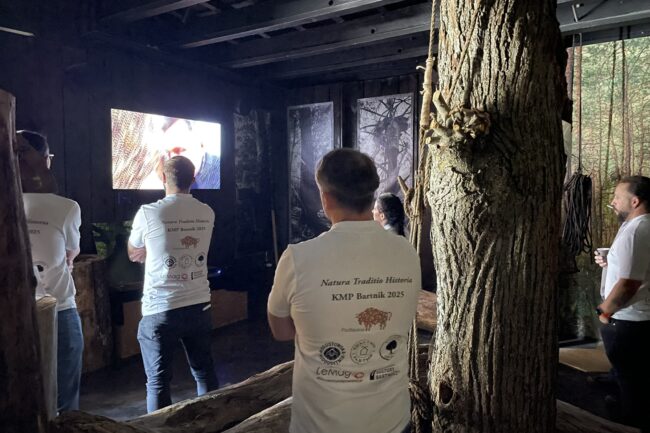
Bartnik Mead Competition
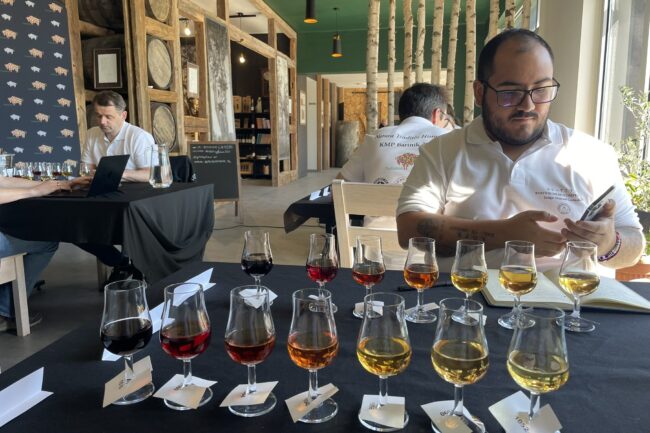
Bartnik Mead Competition
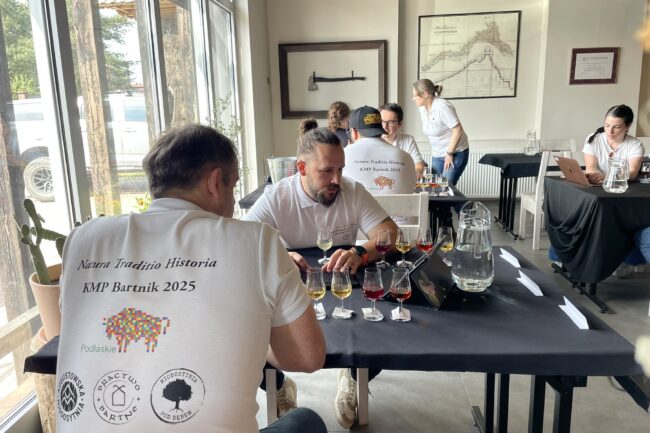
Bartnik Mead Competition
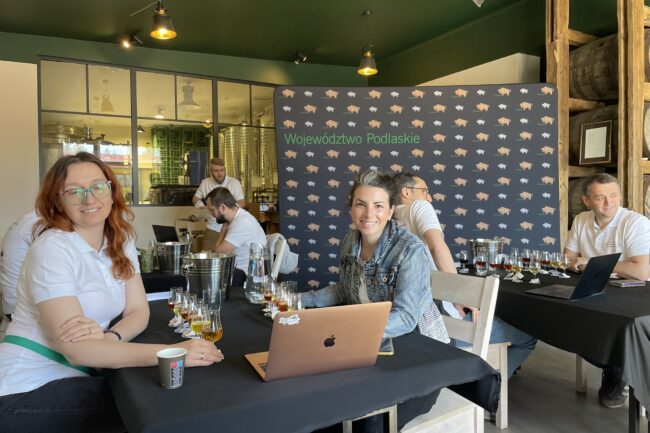
Bartnik Mead Competition
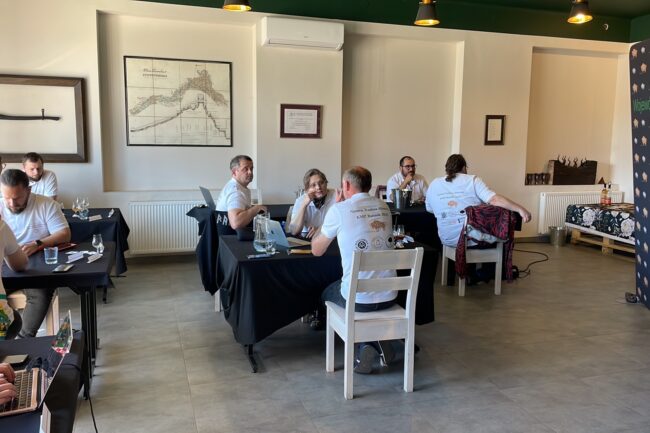
Bartnik Mead Competition
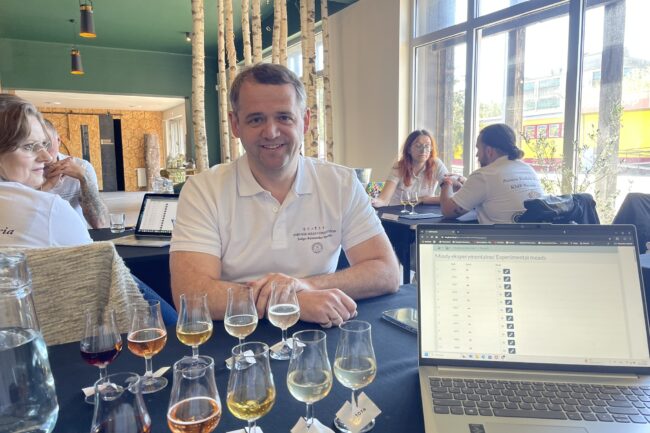
Bartnik Mead Competition
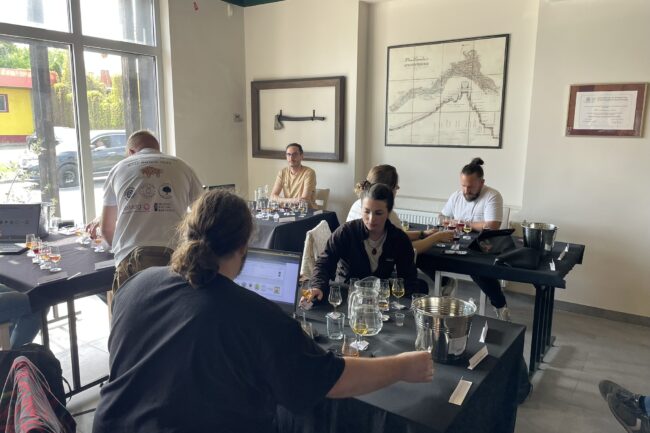
Bartnik Mead Competition


